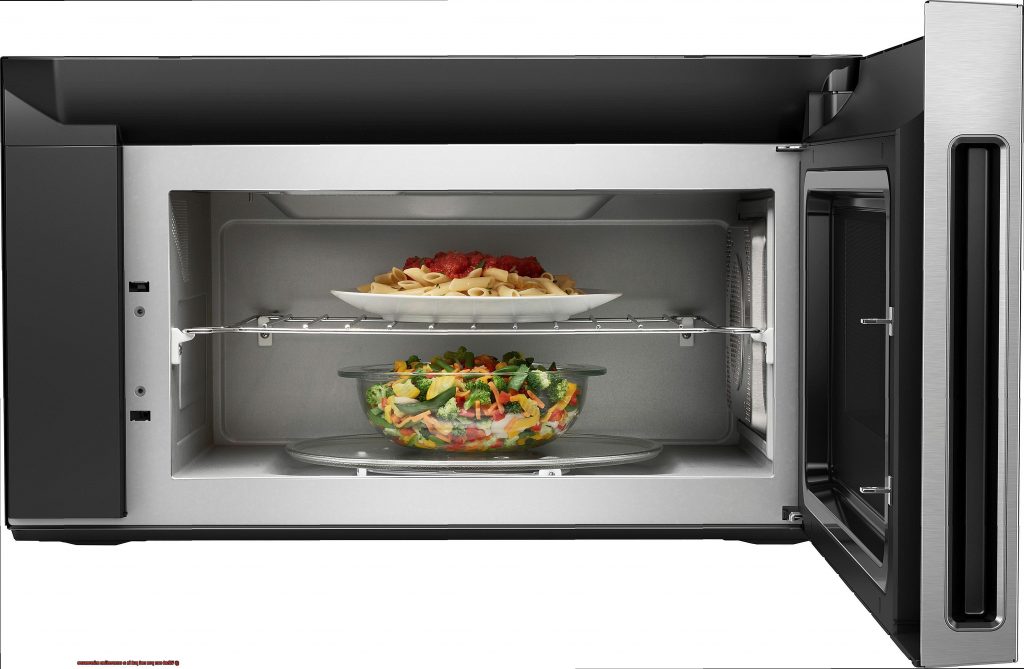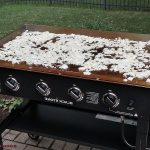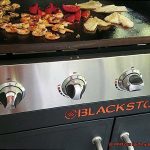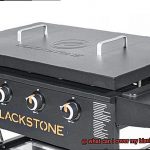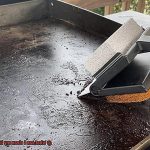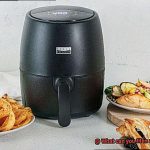Are you a convection microwave enthusiast who loves to whip up delicious meals in your trusty kitchen appliance? There’s no denying the convenience of having a convection microwave that combines the best of both worlds – the versatility of a conventional oven and the speed of a microwave. However, it’s crucial to know what ingredients should never make their way into your convection microwave.
While these microwaves are excellent for cooking and reheating food quickly, there are certain things that can spell disaster if you put them inside. Say goodbye to aluminum foil, metal utensils, plastic containers that aren’t microwave-safe, Styrofoam, and some types of cookware. These items can cause damage to your beloved appliance or even start a fire.
But don’t fret. You still have plenty of other options for cooking your favorite meals in your convection microwave. From glass and ceramic cookware to parchment paper and microwave-safe plastic containers, we’ll explore all the alternatives in this blog post. You’ll learn everything you need to know about what can and can’t go into your convection microwave. So let’s get started.
Contents
Why You Should Avoid Putting Metal Objects in a Convection Microwave
When it comes to using a convection microwave, safety should always be a top priority. One way to ensure that your cooking experience is safe is by avoiding putting metal objects in the appliance. This is because metal can cause sparks and even start a fire, which can be dangerous and damage the appliance. The following are reasons why metal should not be put in a convection microwave.
Microwaves work by sending electromagnetic waves through the food, which causes the water molecules in the food to vibrate and generate heat. When metal objects are present, the waves are reflected off the metal and can cause a buildup of electrical energy. This can lead to sparks, fires, or even explosions. Therefore, it’s essential to avoid putting any metal object inside your convection microwave.
Thin, flat pieces of aluminum foil are particularly dangerous because they act as an antenna for the microwaves and can create a high-voltage arc. This can lead to fires or even explosions. It’s generally best to avoid using aluminum foil altogether in a microwave. Even if the object appears to be made of plastic or glass, if it has any metal components, it should not be used in the microwave.
Other metal objects that should be avoided include silverware, metal containers with metallic paint or decorations, and any container or utensil with a metal rim or handle. These items can also cause arcing inside the microwave, leading to damage that may require costly repairs or replacement of the entire unit.
It’s important to note that paper or plastic materials should also be avoided as they can easily catch fire when exposed to high temperatures. Additionally, reheating certain types of food like eggs or whole fruits with skin intact can cause them to burst and create a mess inside the appliance.
To ensure safe usage of your convection microwave, always check containers and utensils for any metal components before using them in the microwave. Opt for microwave-safe materials such as glass or plastic instead. Moreover, it’s crucial to avoid using any cleaning products inside your microwave, as they can damage the interior and potentially contaminate food.
The Dangers of Reheating Paper and Plastic Materials in a Convection Microwave
Reheating your leftovers in a convection microwave can be a quick and convenient way to enjoy a hot meal, but it’s important to be aware of the materials you’re using. In particular, reheating paper and plastic materials can be extremely dangerous due to the potential release of harmful chemicals.
Paper materials, such as paper towels or napkins, can contain dyes, ink, and other chemicals that are harmful when heated. These substances could be released into your food during the reheating process, which can pose a risk to your health. Similarly, using plastic materials that are not microwave-safe can cause them to melt or warp when exposed to high temperatures. This can lead to chemicals contaminating your food and making it unsafe for consumption.
To avoid these dangers, it’s highly recommended that you use microwave-safe glass or ceramic containers when reheating food in a convection microwave. Unlike paper or plastic materials, these containers do not contain any harmful chemicals and are safe for use in a microwave. Additionally, covering your food with microwave-safe lids or wraps can further reduce the risk of chemical contamination.
In summary, here are some key takeaways to keep in mind when reheating food in a convection microwave:
- Paper and plastic materials can release harmful chemicals into your food when heated.
- Use microwave-safe glass or ceramic containers instead of paper or plastic materials whenever possible.
- Cover your food with microwave-safe lids or wraps to prevent any chemical contamination.
- By being mindful of the materials you’re using in your convection microwave, you can ensure that your food is safe and healthy to eat.
When to Avoid Using Containers and Dishes That Are Not Labeled as Microwave-Safe
If so, it’s crucial to know what kind of containers and dishes are safe to use in it. That’s why we’re here to explain when to avoid using containers and dishes that are not labeled as microwave-safe.
Using non-microwave safe containers and dishes can pose a serious risk to your health. Plastic containers, for instance, can release harmful chemicals when heated in a microwave that can contaminate your food and even cause health problems. Similarly, aluminum foil and metal containers can cause sparks and fires in the microwave, which is why it’s always best to use glass or ceramic containers that are labeled as microwave-safe.
In addition to materials that are not microwave-safe, it’s important to avoid using damaged containers and dishes in your convection microwave. Cracked or chipped items can release harmful chemicals when heated and may break apart during cooking, potentially causing a mess or even damaging your appliance.
To ensure safe usage of your convection microwave, it’s essential to follow the manufacturer’s instructions carefully. Each appliance may have specific guidelines for safe use, so take the time to read the manual before using it.
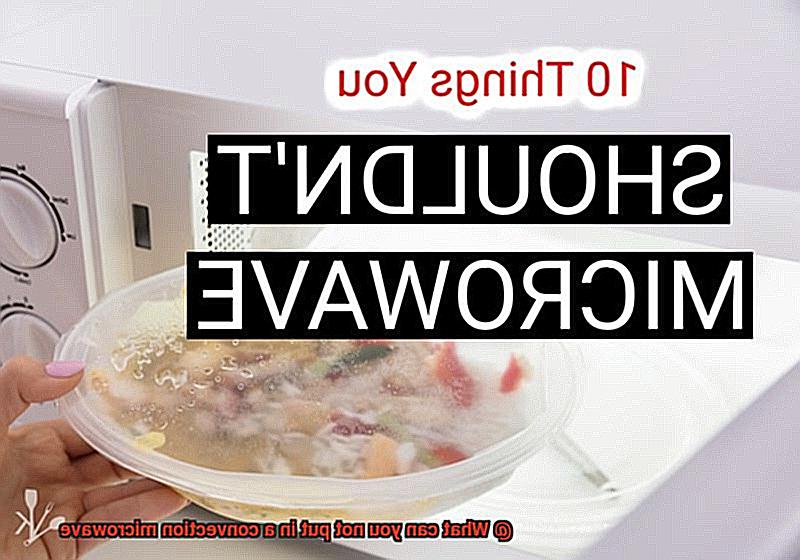
Here are some key takeaways:
- Always use microwave-safe containers and dishes when reheating food in a convection microwave.
- Avoid materials like plastic, aluminum foil, and metal containers that are not labeled as microwave-safe.
- Check for cracks or chips in any container or dish before using it.
- Follow the manufacturer’s instructions carefully for safe use of your convection microwave.
Why Reheating Certain Foods Should Be Avoided in a Convection Microwave
Firstly, let’s talk about chicken. While chicken is a great source of protein, it can also harbor harmful bacteria such as salmonella. When reheated in a convection microwave, it may not reach the required temperature to kill off these bacteria. This can lead to food poisoning and serious health problems. Therefore, it’s best to reheat chicken in an oven or on a stove where it can be heated thoroughly and evenly.
Another food that should be avoided when reheating in a convection microwave is rice. Rice may contain spores of Bacillus cereus that can survive the cooking process. If rice is then reheated in a convection microwave and not heated thoroughly, these spores can multiply and produce toxins that cause food poisoning. To avoid this, it’s recommended to store rice in the refrigerator and reheat it thoroughly before consuming.
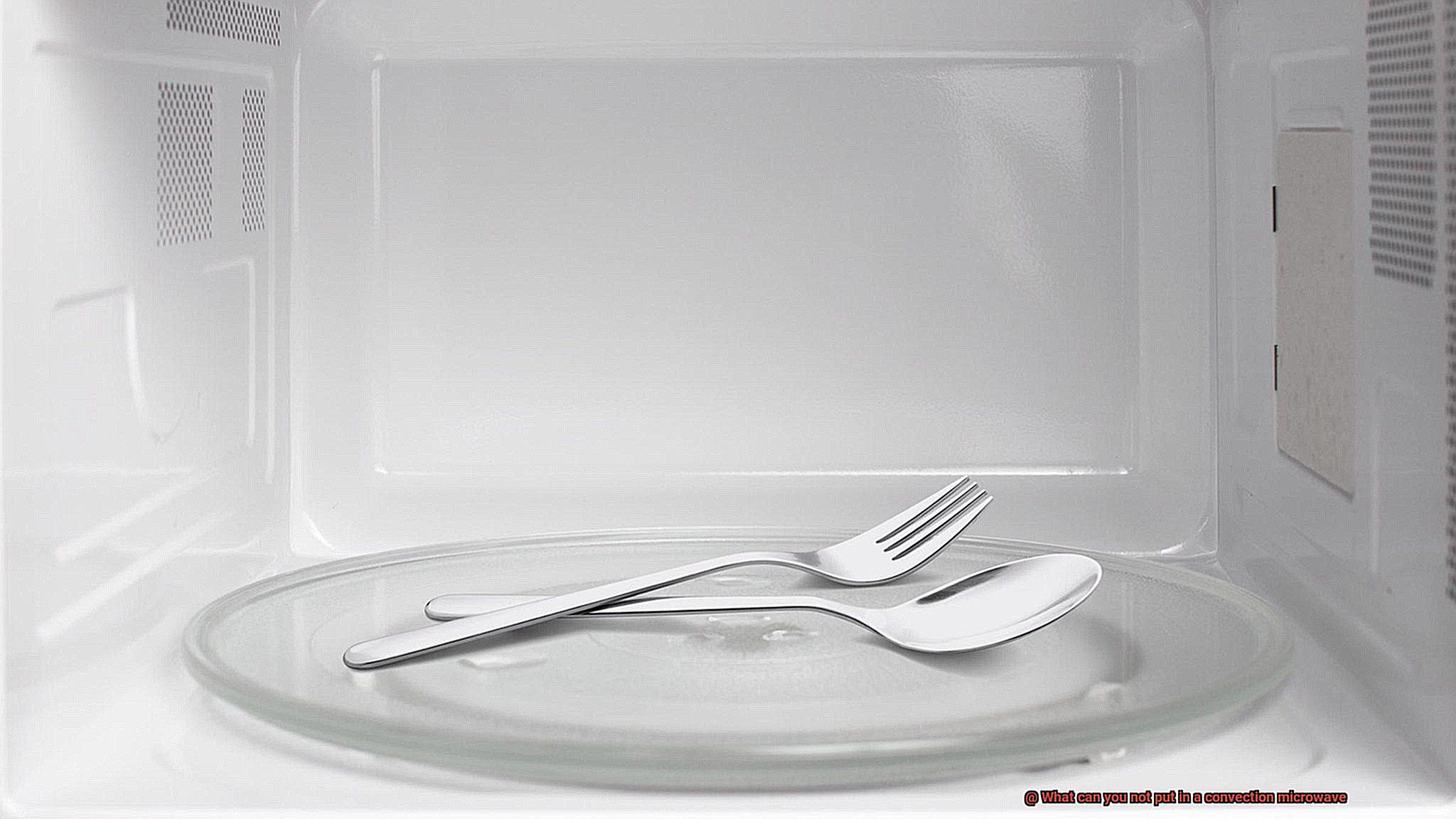
Eggs are another food that should not be reheated in a convection microwave. When eggs are heated, they can release steam and pressure that builds up inside the egg. If this pressure is not released properly, the egg can explode and cause burns or other injuries. Additionally, reheating eggs can also cause them to become rubbery or overcooked.
But these are not the only foods that should be avoided when reheating in a convection microwave. Other foods to be cautious with include:
- Processed meats like hot dogs and sausages: They contain preservatives that can react poorly when heated in a microwave.
- Leafy greens: They contain nitrates which turn into harmful nitrites when reheated.
- Grapes: They can explode when heated due to their high water content.
- Oils: They can become unstable and release harmful substances when overheated.
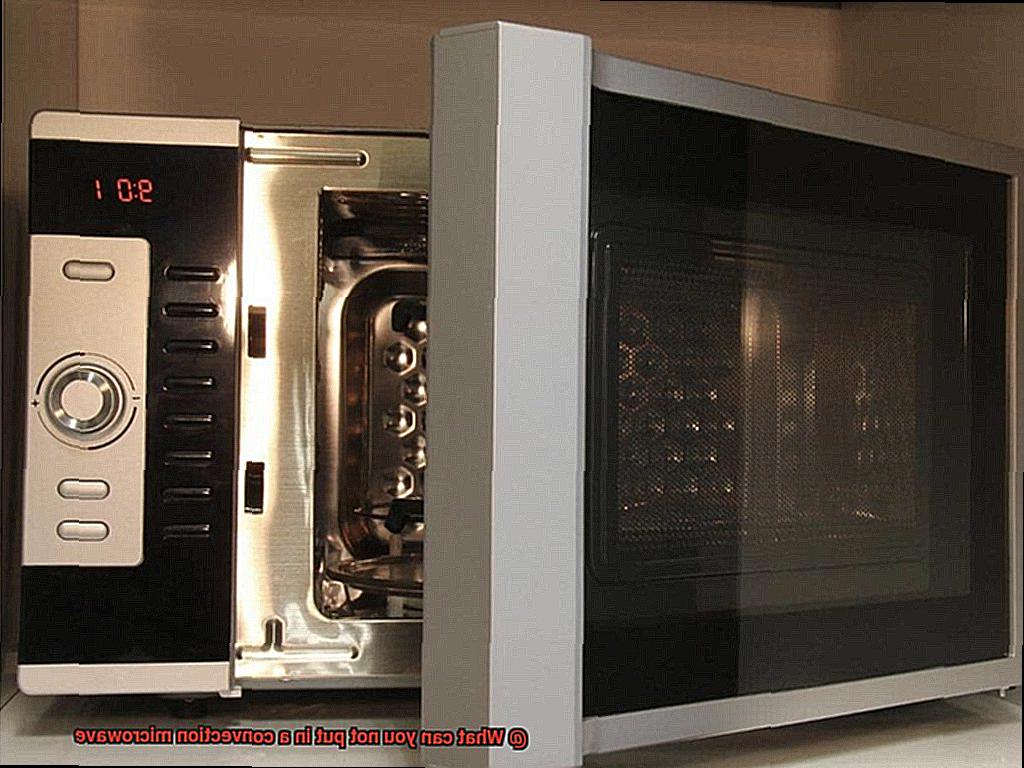
Why Cleaning Products Should Never Be Used Inside a Convection Microwave
Microwaves have revolutionized the way we cook and reheat food, making it a staple in many households. However, when it comes to cleaning this appliance, caution must be exercised. While using cleaning products may seem like a quick fix, it can actually do more harm than good, especially for convection microwaves.
The interior of a convection microwave is made of metal and other materials that can be corroded or damaged by harsh chemicals found in cleaning products. Over time, this damage can lead to rusting, cracking or other types of damage that can compromise the safety and functionality of the microwave. Therefore, it is important to avoid using any type of cleaning solution, spray or wipe inside the microwave.
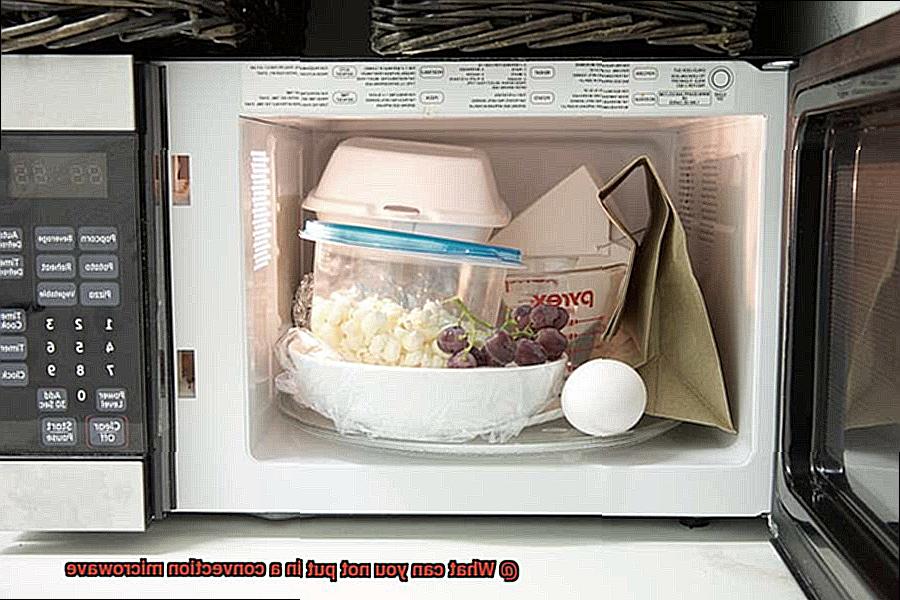
Another reason why cleaning products should never be used inside a convection microwave is that they can release harmful fumes when heated. These fumes contain volatile organic compounds (VOCs) that can be dangerous to inhale and even pose a fire hazard if ignited inside the appliance. This risk can be avoided by sticking to simple, non-toxic cleaning methods.
To clean the interior of a convection microwave, a mixture of water and vinegar can be used effectively. A damp cloth can also be used to wipe down the exterior of the appliance. Regularly removing food debris or spills from inside the microwave is also crucial to prevent sticky residue build-up that attracts bacteria.
How to Properly Use Your Convection Microwave for Cooking Needs
However, it’s crucial to know how to properly use this appliance to ensure both safety and delicious results. Here are five sub-sections that explore the most important aspects of using a convection microwave for cooking needs.
What Can and Cannot Go in Your Convection Microwave
Before you start cooking, it’s important to understand what materials and foods are safe to use in your convection microwave. Metal objects, including aluminum foil and dishes, can cause sparks and damage the appliance, so stick with microwave-safe glass or ceramic cookware instead. Additionally, plastic containers that are not labeled as microwave-safe can melt or release harmful chemicals when heated. Finally, certain foods, such as eggs in their shells and deep-fried or crispy-coated items, may not turn out well in a convection microwave.
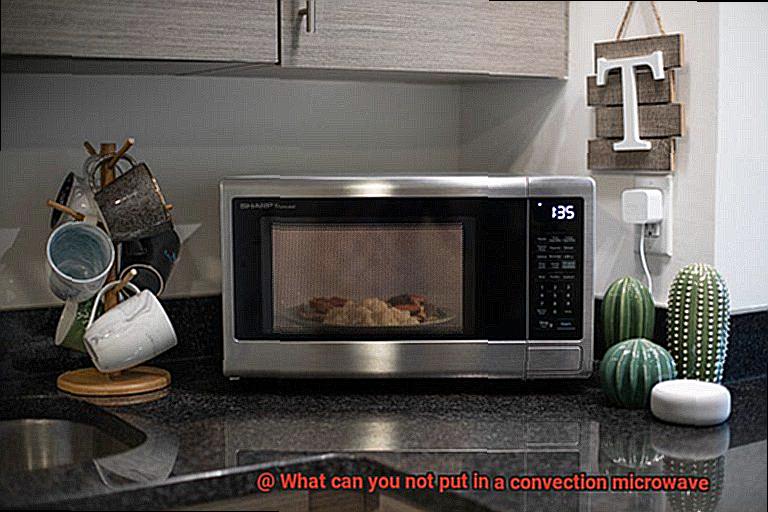
Adjusting for Wattage
Different convection microwaves may have varying wattage levels that can affect cooking times and temperatures. It’s important to consult your owner’s manual or do some research to determine the appropriate settings for your specific model. This will help ensure that your food is cooked evenly and thoroughly.
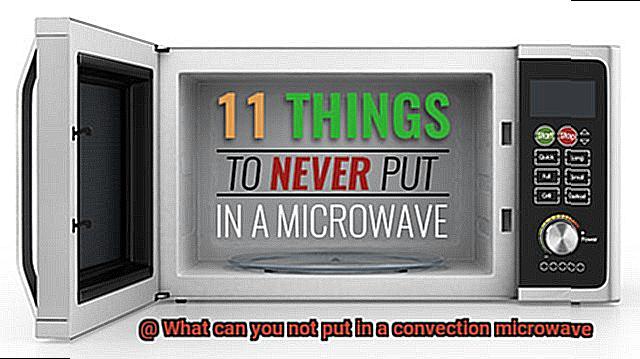
Cooking Safety
Just like with any other cooking method, it’s important to practice good food safety habits when using a convection microwave. This includes properly thawing frozen foods before cooking, keeping raw meats separate from other foods to avoid cross-contamination, and cooking foods to their recommended internal temperatures.
Choosing the Right Cookware
When selecting cookware for your convection microwave, it’s important to choose options that are safe and effective for this appliance. Glass and ceramic dishes are ideal for convection microwaves as they do not react with microwaves and can handle high temperatures. Some silicone cookware is also safe for use in these appliances.
Cooking Tips and Tricks
Once you’ve mastered the basics of using a convection microwave, it’s time to start experimenting with different recipes and techniques. Some tips to keep in mind include preheating your microwave before cooking, using the convection setting for baking and roasting, and rotating your food halfway through the cooking time to ensure even heating.
Tips for Safely Operating a Convection Microwave
It’s essential to follow safety tips when operating a convection microwave to ensure that you and your appliance stay safe. Here are some tips to help you operate your convection microwave safely.
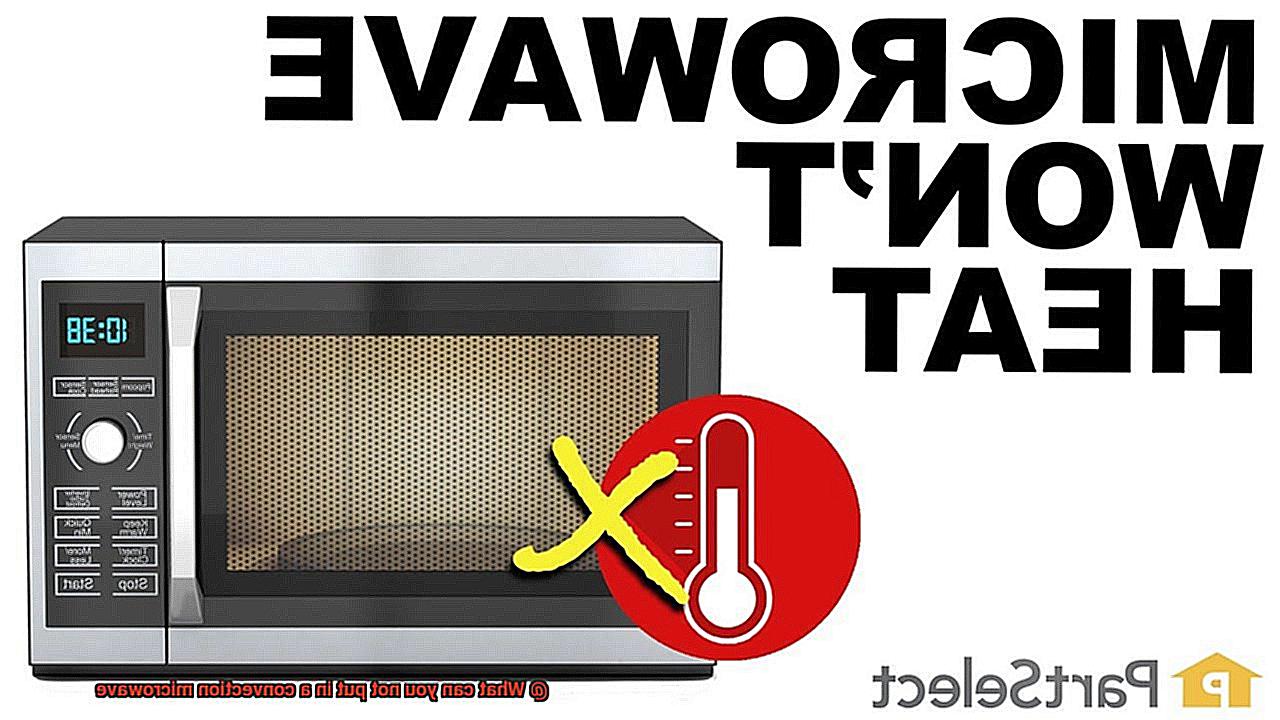
First and foremost, make sure to read the manual thoroughly before using your convection microwave. The manual will provide detailed instructions on how to use the appliance safely and avoid any potential hazards. Using microwave-safe cookware is also important. Only use glass, ceramic, and certain types of plastic containers labeled as microwave-safe. Avoid using metal cookware or dishes with metallic finishes as they can cause sparks and potentially damage the appliance.
Another crucial tip is to avoid overloading the microwave with too much food. Doing so can cause uneven cooking and potential overheating of the appliance. When removing hot dishes from the convection microwave, always use oven mitts or potholders as the heating element in a convection microwave can become extremely hot.
Lastly, regularly cleaning the inside and outside of your convection microwave can prevent food buildup and potential fire hazards. A clean appliance not only ensures safe operation but also prolongs its lifespan.
MtCheDFkfj8″ >
Conclusion
In summary, a convection microwave is a powerful kitchen appliance that can combine the speed of a microwave with the versatility of an oven. However, it’s important to be mindful of what you put in it to avoid damage or even worse, starting a fire. For instance, you should never use aluminum foil, metal utensils, plastic containers that aren’t microwave-safe, Styrofoam, and some types of cookware.
Furthermore, reheating paper and plastic materials in your convection microwave can release harmful chemicals that could pose health risks. Therefore, it’s advisable to use only microwave-safe glass or ceramic containers and cover your food with appropriate lids or wraps.
To ensure safe usage and delicious results every time you cook with your convection microwave, always follow safety tips such as adjusting for wattage, selecting the right cookware, practicing good food safety habits and experimenting with different recipes and techniques.
Lastly, keeping your convection microwave clean is essential for preventing food buildup and potential fire hazards.

